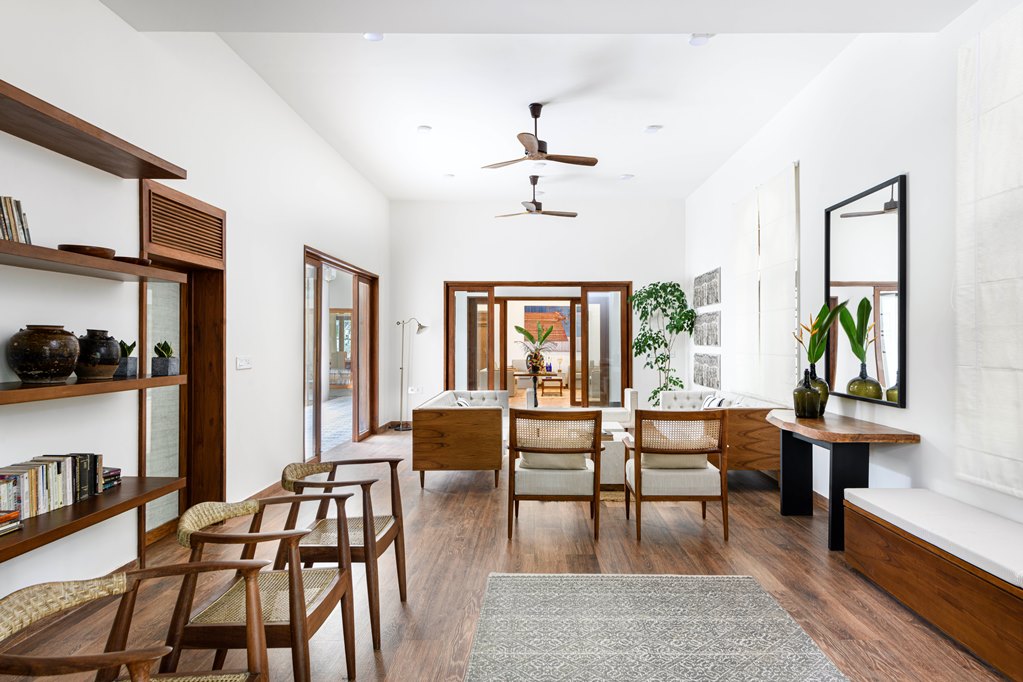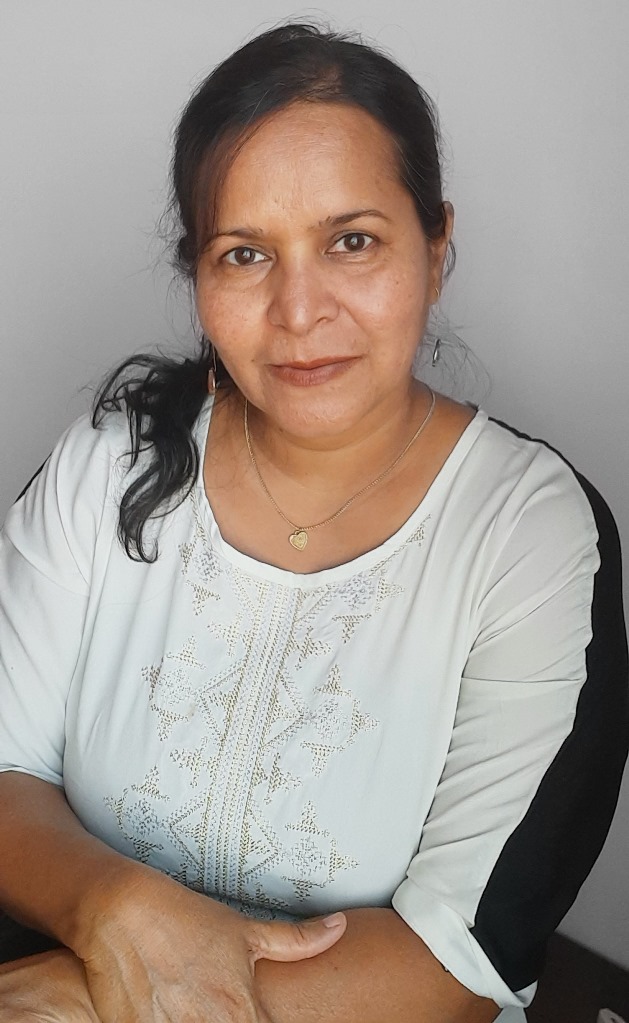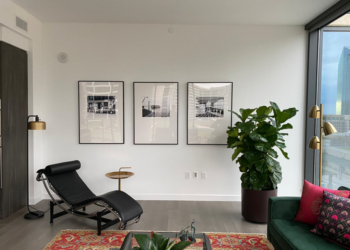Bamboo, cane and rattan are gaining popularity in the interior design space with trendier applications
BY MALATI K. VIJAY
Botanically, they are merely grass, but the humble bamboo, cane and rattan are the hottest materials to rule the interior design space for some years now. They continue to inspire creativity and innovation, and find newer and trendier applications. Gone are the days when one saw bamboo and cane only as outdoor furniture, blinds, woven baskets, boxes, and such. As ‘artisanal’ continues to be the buzzword in the design world, these natural materials with their unique aesthetic are sought after by designers and homeowners alike to bring in a quintessentially organic appeal and a crafted look to modern interiors. Think beautifully produced luxury furniture, wicker headboards, wall panels, lamps and chandeliers, mirror frames, and other decor and functional accessories like bowls, trays, planters, bread baskets and cloches… the list is endless.
Whether used in their natural finish or stained with trendy shades, they bring an unmatched charm and character to interiors. The delicately woven cane patterns enhance the artistic quality of furniture pieces. India has a rich tradition of weaving various functional and decor objects using reeds from bamboo, cane, rattan and other grasses. However, a material so common and versatile also tends to be taken for granted. It is only over the past decade that perceptions about bamboo and cane have changed and designers are creating more refined products and finding unusual applications that have amazed connoisseurs across the world.

Bengaluru-based designer Sandeep Sangaru has shaped bamboo into never-before-seen minimalistic designs that have gone on to win coveted international design awards and invitations to exhibit at various curated design events across the world. He has even designed a set of three sculptural dresses in bamboo as installation art for Varana store in London. “Bamboo is wonderful, it is not about replacing any other material with bamboo. It has some amazing characteristics and properties as compared to any natural or man-made material. If appropriately used, it can do wonders,” says Sangaru.
When he started working with bamboo a decade ago with the local craftsmen of Tripura, from where he hails, all he could visualise was another chair or piece of furniture, by replacing it with bamboo. While trying to replicate a design of his in bamboo, he devised a new way to put together pieces of bamboo poles forming a triangular module. This inspired him to come up with a new collection of furniture pieces—Truss-Me—and the Truss-Me Wallspace shelf and Truss-Me Valet coat hanger were auctioned at Christie’s in 2017.
“I’ve been working with the same technique of crafting with bamboo for the past decade, and every year we add a new product to the collection. This year it has been a bed,” he says.
Extremely flexible, as they can be bent into any shape, or rendered into slivers for weaving, bamboo and cane with their versatility have inspired designers to explore more creative ways of using them in modern interiors.

VINTAGE WARMTH
As an ancient material used for ages by man, bamboo and cane spark sentiments of nostalgia and a back-to-the-roots comfort. The vintage allure is even more palpable when used to layer the walls to evoke cosiness and luxury. Delhi-based Beyond Designs uses wicker in its bespoke furniture pieces as well as opulent maximalist interiors as wall accents. The earthiness of the material sets off the luxe touches of brass and crystal in a gorgeous style in their Udaipur apartment that boasts an opulent design scheme. “Since our style involves employing multi-materiality to lend complexity and depth to the environments we create, woven cane comes in handy. It adds warmth and naturalness to luxury spaces,” says designer couple Sachin and Neha Gupta of Beyond Designs.
PATTERNS THAT ADD OOMPH
The best part is, once slivered into reeds, bamboo and cane can be easily woven into a myriad of intricate patterns. “The patterns one can create with cane are absolutely stunning. At Nivasa, we use a lot of cane in our furniture, so we experiment with different types and styles of cane weaving techniques to form several arresting patterns. When you love using a certain material, you learn to innovate and celebrate it in the best way you can. We have given a new lease of life to the art of cane weaving by translating it into magnificent craft-intensive furniture pieces. Cane patterns add additional oomph to any space,” says interior designer Saba Kapoor of Delhi-based Nivasa.
COLOUR-FRIENDLY MATERIAL
Since cane is receptive to staining, today we can see woven cane or wicker in ultra modern hues used in a refined style in contemporary spaces. “We love experimenting with the colours we use on cane, giving it a modern and creative edge. In most pieces, you see it in its natural form. But we also love playing with the finishes we add on cane,” says Kapoor. The way Nivasa uses white, teal and blue transforms the modest cane into a sophisticated material.

BOHO LOVERS’ FAVOURITE
The versatility and lightness of bamboo and cane have endeared them to millennials, who are keen to introduce eco-friendly materials and indigenous craftsmanship into their boho homes. A mirror with a bold bamboo frame, rattan trays and baskets, bamboo modhas, planters and lamps are an integral part of boho chic interiors. “If one is unsure where to start, you can simply introduce bamboo in accessories. Add a floor lamp and make your reading nook instantly look artsy,” says Meera Pyarelal, founder and creative head of Kerala-based Temple Town.
SUSTAINABLE AND ECO-FRIENDLY
Bamboo is a fast-growing grass that looks like a tree. And it is stronger and more resilient than hard wood, and resists moisture effectively. It also regenerates itself without having to be replanted manually, and needs no fertiliser or pesticide to grow. What’s more, it absorbs carbon dioxide and produces oxygen, often more than a tree of the same size does. “Sustainability is the new demand in interiors. People have become more aware of the subject and are keen on using vernacular and sustainable materials. The easily
renewable bamboo, with its inherited strength, durability use and adaptability, is a great option that can fit into any decor and lifestyle,” says Pyarelal.
Since bamboo can withstand moisture, it is a great choice for kitchens and bathrooms as well. “Cane is native to Kerala and adapts to the state’s hot and humid climate. However, the availability of craftsmen skilled in the caning process is reducing. So we try our best to promote and preserve this local art and craftsmanship through our products,” she says.

(The writer is a Bengaluru-based freelance journalist and content consultant. Formerly with the Times of India, Economic Times and Livingetc India, she writes primarily on design, art and lifestyle. She also enjoys giving a healthy twist to various cuisines.)
@sandeepsangaru @meerapyarelal @nivasa @beyonddesignsofficial @malato03








